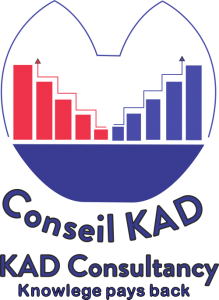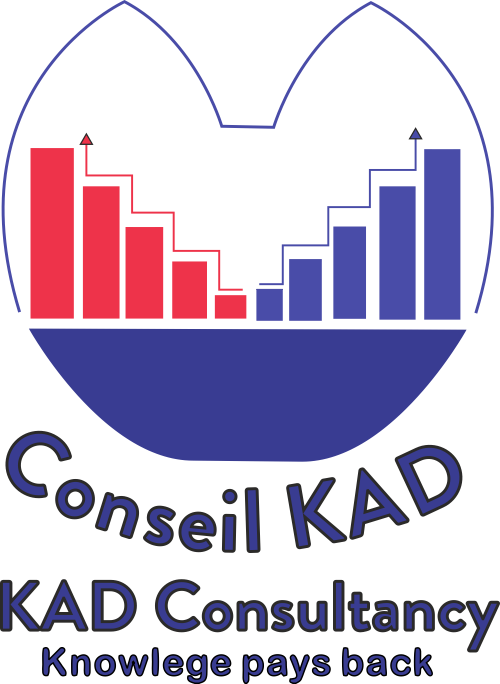It’s easy for Canadian small business owners to get caught up in payroll complexity. According to a recent government report, approximately 90,000
small businesses shut down every year in Canada — as a result, effectively managing payroll is critical to ensure long-term business success. We’ve put
together a guide the tells you all you need to know in order to effectively calculate payroll tax in Canada.
So let’s dive in: What are your specific obligations as an employer? What steps are required for calculating payroll tax Canada? Do you need a bookkeeper or
accountant to ensure payroll accuracy? Let’s start with a quick definition.
What is payroll?
Your payroll lists all employees, their wages and the deductions taken from those wages. Most small businesses now use in-house software or cloud-based
applications to streamline the process of paying staff and ensure deductions are correctly calculated.
Deductions cover everything your business is required to remit. This includes employment insurance (EI), Canada Pension Plan (CPP) contributions along
with federal and provincial income tax. For EI and CPP, deductions follow specific contribution frameworks, while taxes follow schedules set out by the
federal government and each individual province. Deduction amounts vary year-to-year and depending on your employees’ primary place of residence.
Your obligations to employees
As an employer, you have three payroll obligations to employees:
1) Paying Wages
Employees must be paid on a recurring schedule — typically, businesses opt for either monthly or bi-weekly payments.
Wondering how to pay employee salaries? Some SMBs still use physical checks, but this requires manual tracking and entry into payroll systems.
Many now opt for direct deposit, which sends wages directly to staff bank accounts. Setting up direct deposit requires you to create a business account
with the bank of your choice and then collect employee banking data to ensure funds are sent to the correct accounts. You can choose transfer these funds
manually each pay period from your online banking portal, use a payroll system that integrates this function or pay a third-party provider to complete
this task.
2) Remitting Deductions
The Canadian Revenue Agency (CRA) requires you to collect specific deductions from employee pay:
-Employment Insurance (EI)
-Canada Pension Plan (CPP)
-Federal and Provincial Income Tax
3) Ensuring Compliance
In addition to paying staff on a recurring schedule, the CRA typically requires small businesses to remit all “source deductions” — money taken from
employee wages — by the 15th of the month after staff are paid. You must also send T4 and T4A tax slips to employees by the last day of February of the
calendar year following the deduction period. For example, T4 slips for the 2019 calendar year must be sent out by February 29th, 2020.
When to get a payroll account
Do you need a payroll account with the CRA?
First, determine if you’re an employer. According to the CRA you’re considered an employer if you “pay salaries, wages (including advances),
bonuses, vacation pay, or tips to your employees”. You may also fall under the employer category if you provide specific taxable benefits to staff, such as
automobiles or spending allowances. Even if you have no employees or employ seasonal staff, you must still report a “nil remittance” once per
quarter.
Employers must register for a payroll program account with the CRA. To do so, you’ll need all employees’ Social Insurance Numbers (SIN) and have them
fill out form TD1 — which should be done within seven days of hiring.
Once you register for an account you’ll be provided with 15-digit payroll account number. The first nine digits are your unique “business number”. The
following two letters are the program code — RP for the payroll program — and the last four identify each payroll account your business has (0001, 0002,
etc.). Your payroll account number won’t change, and can be used to remit all deductions from employees.
Handling payroll deductions
The Canada Revenue Agency offers an online payroll deductions calculator to help small businesses confirm the amount of CPP, EI and income tax
deductions they are required to remit? The site makes it clear that any risks associated with using the calculator — such as supplying inaccurate
information — rest with small businesses.
The CRA also details when remittance amounts are due. According to its remittance threshold chart, if your average monthly withholding amount
(AMWA) is:
– Less than $25,000 —remittance is due on or before the 15th day of the month after you pay employees
– Less than $3000 — remittance is due on or before the 15th day following the end of each quarter
– Between $25,000 and $99,999.99 — for wages paid in the first 15 days of the month, remittance is due by the 25th day of the same month. For
wages paid after the 15th, remittance is due by the 10th day of the following month.
Calculating payroll tax Canada
How do you calculate payroll tax in Canada? Let’s start with EI and CPP
EI
Each year the government posts a list of maximum insurable earnings ($53,100 in 2019) and rates (1.62%). To calculate contributions, multiply
employee pay for the period by the EI rate — for example, $1000 x 0.0162 equals $16.20 deducted from employee wages. Employers are also responsible
to pay 1.4 times the contribution amount, meaning you’d need to supply $22.68 for a total of $38.88 per period. The list also includes employer and
employee maximum contribution amounts per year — if reached, you no longer need to collect and remit EI for that calendar year.
CPP
The CRA posts a similar list for CPP: In 2019, maximum insurable earnings are $57,400 less a $3500 basic exemption amount to give $53,900 in
maximum contributory earnings. Both employers and employees must contribute 5.10% up to a maximum of $2,748.90. Using our example above,
this means you need to multiply $1000 by 0.051, which equals $51 contributed from both employer and employee totaling $102 per pay period.
How to calculate payroll tax province by province
In addition to EI and CPP you must also deduct federal and provincial income tax from employee wages. According to 2019 federal tax rates, you must
deduct 15% on the first $47,630 of taxable income — in our example above this means $150 on $1000 in wages. No employer contribution is required.
In the same way employers have to worry about calculating sales tax differently in every Canadian province, a similar responsibility exists for
calculating payroll.
Each province also has its own tax rates, published as part of payroll deduction tables by the CRA. In Alberta, businesses must remit 10% in
provincial tax on annual taxable income from $0 to $131,220.00 — or $100 of $1000 in wages. If your business operates out of one province but you have
employees working in another, the CRA advises using the provincial tax bracket where employees typically live and work.
Getting help
Bookkeepers and certified professional accountants (CPAs) can help small businesses streamline payroll operations and reduce the risk of costly errors.
Best bet? Look for someone with small business payroll experience with the skills to create and manage payroll accounts, ensure accurate remittance and
stay up-to-date on any changes. It’s also a good idea to meet with your accountant regularly to ensure remittance is accurate and complete — even if
they’re the ones to make a mistake, your business is on the hook.
The bottom line
Success in small business means having a team you can rely on — and paying them on time, every time to earn their trust. But managing payroll for
Canadian SMBs can seem daunting, difficult and overwhelming. With our guide to calculating payroll tax in hand — and potentially some outside
assistance — you can meet payroll expectations, keep employees happy and ensure CRA compliance.

